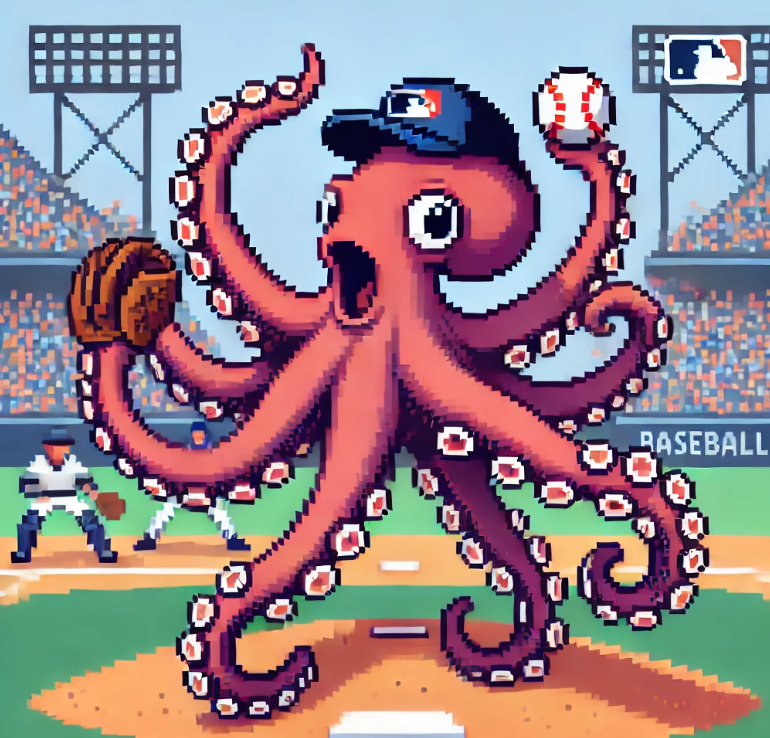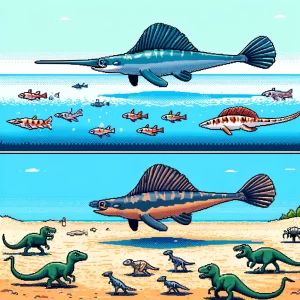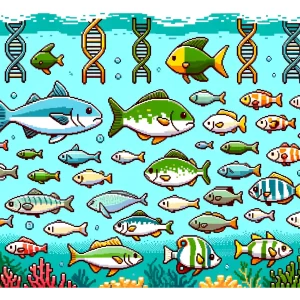
Octopuses That Throw Objects
Imagine you’re swimming through the cool, calm waters off the coast of Australia, marveling at the diverse marine life. Suddenly, something catches your eye—a dark shape emerges from the seabed, flinging shells and sand in your direction. No, this isn’t just the tide stirring up debris. It’s an octopus, intentionally throwing objects. Welcome to the surprising world of Octopus tetricus, the gloomy octopus, where object-throwing is not just a behavior—it’s part of their social language.
The Unlikely Throwers
When we think of animals throwing things, our minds may go to apes hurling rocks or dolphins playfully tossing seaweed. But an octopus? These creatures are usually considered solitary, and most people wouldn’t think of them as social, let alone engaging in something as human as targeted throwing. However, new research reveals that octopuses, particularly Octopus tetricus, are not only capable of throwing objects—they seem to do so with intention.
This finding challenges what we thought we knew about octopus behavior and could have far-reaching implications for how we understand intelligence and social interactions in marine animals.
The Science Behind the Throw
So, how does an octopus throw an object? These clever creatures use their siphon—the same part of their body they use for jet propulsion—to launch materials like shells, algae, and even silt through the water. By pulling debris into their arms, then expelling it with force, octopuses can send objects flying through the ocean. It’s not a simple toss but a complex action, requiring coordination between their arms and their siphon.
Researchers observed this behavior over many hours of underwater footage from Jervis Bay, Australia, where Octopus tetricus often live in close quarters. With food plentiful and suitable shelters scarce, these octopuses sometimes find themselves in confrontations. And it’s during these social interactions that the throwing happens.
But what’s particularly interesting is the seeming purpose behind some of these throws.
Targeting Other Octopuses
In many cases, the objects thrown didn’t just scatter aimlessly through the water—they hit other octopuses. This wasn’t always accidental. Researchers noted several instances where an octopus adjusted its body position or aimed its throws more carefully when another octopus was nearby. In fact, females were particularly active in this behavior, accounting for over 60% of the throws, especially during interactions with other octopuses.
One female octopus threw objects 17 times in just one hour, hitting another octopus in over half of those instances. In some cases, the target octopus even raised an arm as if to shield itself—suggesting that they might recognize the intent behind these throws.
So, why would octopuses throw things at each other? The leading theory is that this behavior plays a role in social dominance and communication, possibly to assert territory or fend off unwanted advances.
A New Kind of Social Behavior
Octopuses have long been thought to be solitary creatures. Unlike dolphins or primates, which often live in groups and display a range of social behaviors, octopuses typically hunt and live alone. But the throwing behavior observed in Octopus tetricus suggests a more complex social structure than we previously imagined.
In areas where octopuses are forced to live in close proximity, like Jervis Bay, these interactions become inevitable. And instead of avoiding each other, they’ve developed ways to communicate—sometimes through physical contact like reaching or grappling, and other times through these projectile displays.
This discovery adds octopuses to a very short list of animals that use throwing as part of their social interactions, a behavior that’s usually seen only in higher mammals like primates. For octopuses, the throws could serve as a form of non-verbal communication, signaling aggression, annoyance, or perhaps even play.
What This Means for Marine Science
This research doesn’t just change how we view octopuses—it shifts our understanding of intelligence and social behavior in marine life. Octopuses are already known for their problem-solving abilities, their escape artist antics, and their dexterity in manipulating objects. But targeted throwing suggests a level of social intelligence that has previously gone unrecognized.
Moreover, the fact that this behavior occurs underwater, where throwing is much harder due to the resistance of water compared to air, makes it all the more remarkable. If octopuses can overcome this challenge to interact with each other, what other hidden behaviors might they be capable of?
The Bigger Picture
This discovery raises exciting new questions about animal behavior, intelligence, and evolution. What drives octopuses to develop such complex behaviors? How does this compare to the social behaviors of other intelligent animals, like dolphins or primates? Could this be a glimpse into how different species evolve problem-solving and social strategies based on their environments?
Understanding these behaviors could have practical applications, too. As we explore the potential for robotic technology inspired by octopus movement, their problem-solving skills and social interactions might offer unexpected insights.
Join the Conversation
What do you think this research reveals about animal intelligence? Could other solitary creatures have hidden social behaviors we’ve yet to discover? Share your thoughts in the comments and join the discussion!
Explore and Learn with Science:
Dive into groundbreaking research and inspiring stories with ‘This Week in Science’! Perfect for teachers and science enthusiasts, our free weekly newsletter expands your horizons in teaching and learning. Join us today and reshape your engagement with science. If you liked this blog, please share it! Your referrals help This Week in Science reach new readers.



